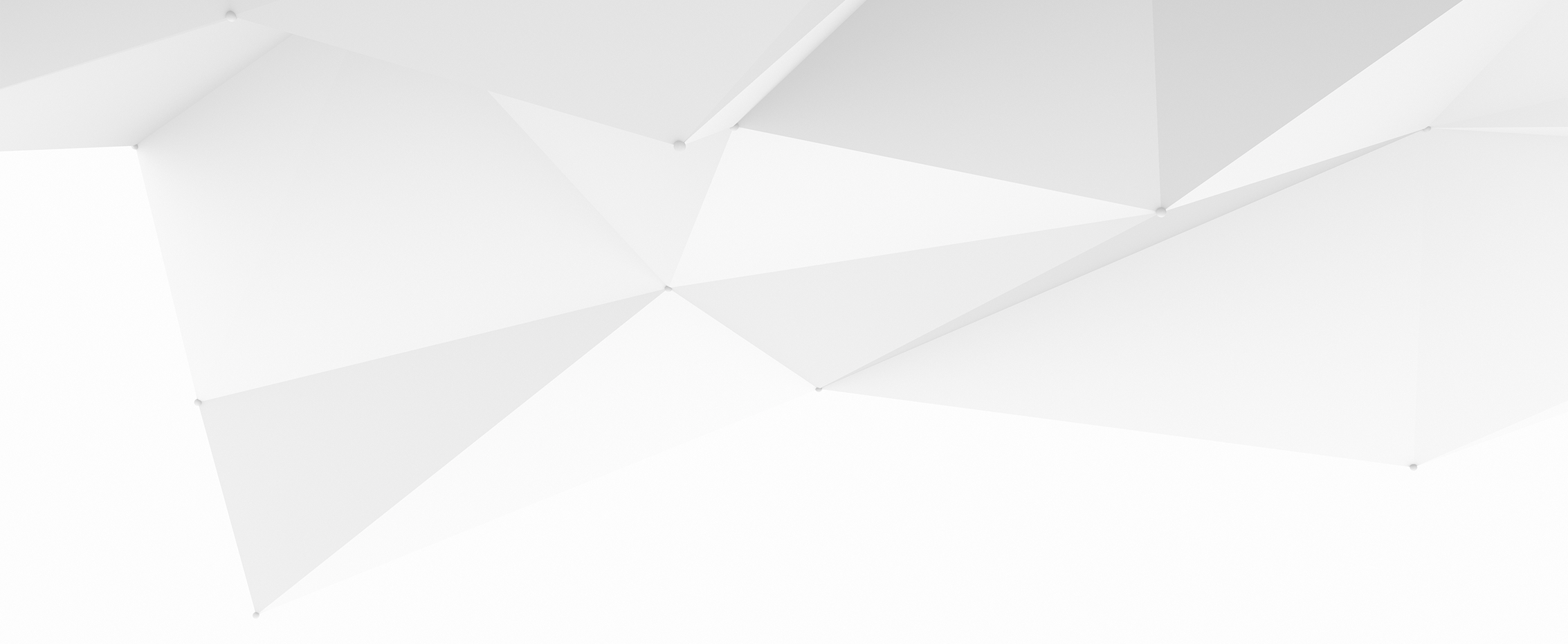APEIRON | 100ideas + Collective East (NL/RO) | instalație participativă
(sistem de oglinzi)
„Dacă porțile percepției ar fi limpezite, totul ar părea omului așa cum este, infinit. Căci omul s-a închis, până să observe că vede totul prin crăpăturile înguste ale propriei sale peșteri.”
— William Blake, Căsătoria Raiului cu Iadul
Prezentul nu mai are limite clare, totul este definit de frontiere estompate și de spațiile cuprinse între ele. Trăim într-o lume a contrastelor, a fragmentelor, a paradoxurilor. Și se pare că le ignorăm. Așadar, cum înțelegem spațiul în zilele noastre? Care este relevanța traiului între mai multe realități? Cum schimbă tranzițiile de la o realitate la alta modul în care relaționăm cu spațiul, la ceilalți și la noi înșine? Cum putem răspunde la acest fenomen?
Intenția noastră a fost să abordăm dialectica real-virtual. Pentru noi, realitatea poate să fie definită doar ca rezultat al procesului de reflecție, de introspecție. Realitatea e percepută diferit de fiecare dintre noi și, ca atare, este expusă subiectivității. Apeiron a venit ca o consecință a abordării noastre teoretice inițiale. Apeiron (ἄπειρον), care înseamnă „infinit”, „fără” sau „sfârșit, limită, graniță”, este un termen central pentru teoria cosmologică creată de Anaximandru în secolul VI Î.Hr.. Anaximandru credea că realitatea ultimă este eternă și infinită, sau nemărginită (apeiron), nesupusă bătrâneții sau decadenței, și că produce în mod perpetuu materie nouă, din care derivă tot ceea ce percepem. De aceea, pentru noi, Apeiron devine o instanță a ceea ce este vizibil, demn de arătat; o instanță a lumii reale filtrată prin prisma propriilor noastre simțuri.
Neclaritatea și fragilitatea realității prezente, în loc să fie acceptate, sunt secerate cu ajutorul limitărilor preconcepțiilor. Ca atare, omul rămâne blocat într-un univers în care realitatea devine inerent aproximativă. Procesul percepției este mediat și validat de către creier. În consecință, percepția realității este experimentată prin simțuri. Indiferent de uneltele folosite pentru observarea/măsurarea realității, informația observată este filtrată de puncte de vedere personale; ea este distorsionată, decompusă și recompusă. Ca atare, realitatea personală (subiectivă) este fundamental diferită de realitatea absolută (obiectivă), care nici măcar nu poate fi percepută de om.
Apeiron este o instanță a unui spațiu infinit constrânsă într-un spațiu finit; este un loc dedicat intelectului, o abstractizare a unui spațiu mental care se confruntă cu limitele propriei tale percepții. Apeiron este materializat într-un spațiu izolat și bine definit, cu ajutorul unui set de oglinzi. Poziționarea acestora dă impresia unei reflexii infinite din care subiectul nu face parte. Intri într-un spațiu care se reflectă la infinit (sau până la limita propriei percepții); un spațiu în care prezența ta e neglijată până în punctul în care firul gândurilor se întâlnește cu o altă limită, într-un spațiu virtual infinit, dar care are, totuși, și o limită reală clară.
Statement artistic:
Prin propunerea noastră, încurajăm regândirea limitelor. Ne dorim să nu mai luăm de-a gata plasticitatea mediului contemporan înconjurător și să gândim mai elastic. Încurajăm forța unei lumi dematerializate, în care noțiunea aproape arhaică de limită poate fi depășită; în care permitem contrastelor să intre în conflict, în care nu ne este frică să experimentăm; unde nu ne este frică să chestionăm lumea în care trăim, sau nevoile umane care se schimbă zi de zi; în care un gest mic poate fi suficient de mare. Vrem să atacăm faptul că lucrurile nu sunt ceea ce par a fi — ele ar putea fi mult mai mult de-atât.
APEIRON | 100ideas + Collective East (NL/RO) sunt o parte din artiștii în rezidență din cadrul Platforma X, cel mai nou program internațional de rezidențe artistice pentru cercetarea și producția de proiecte interactive, new și trans-media din București.
